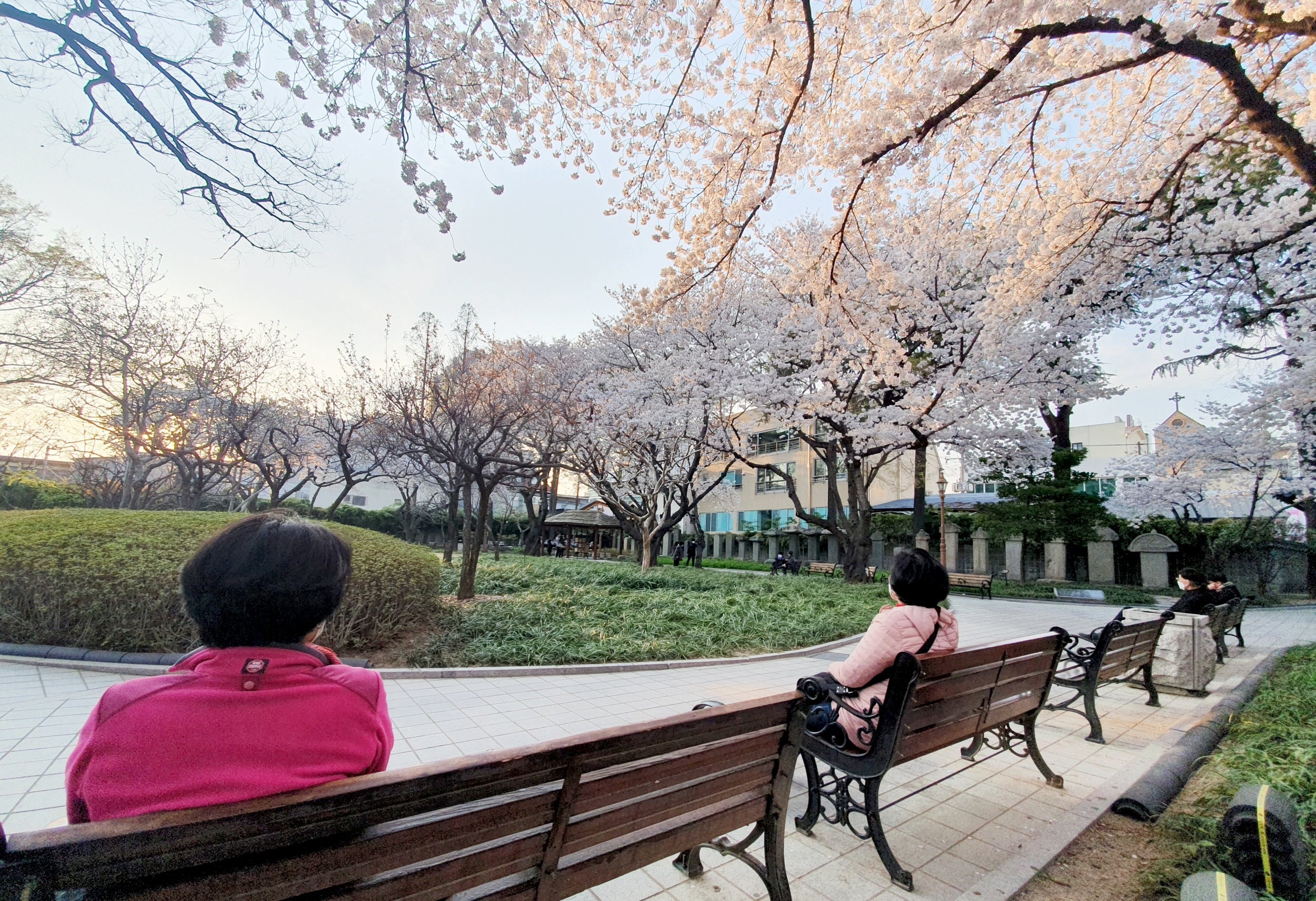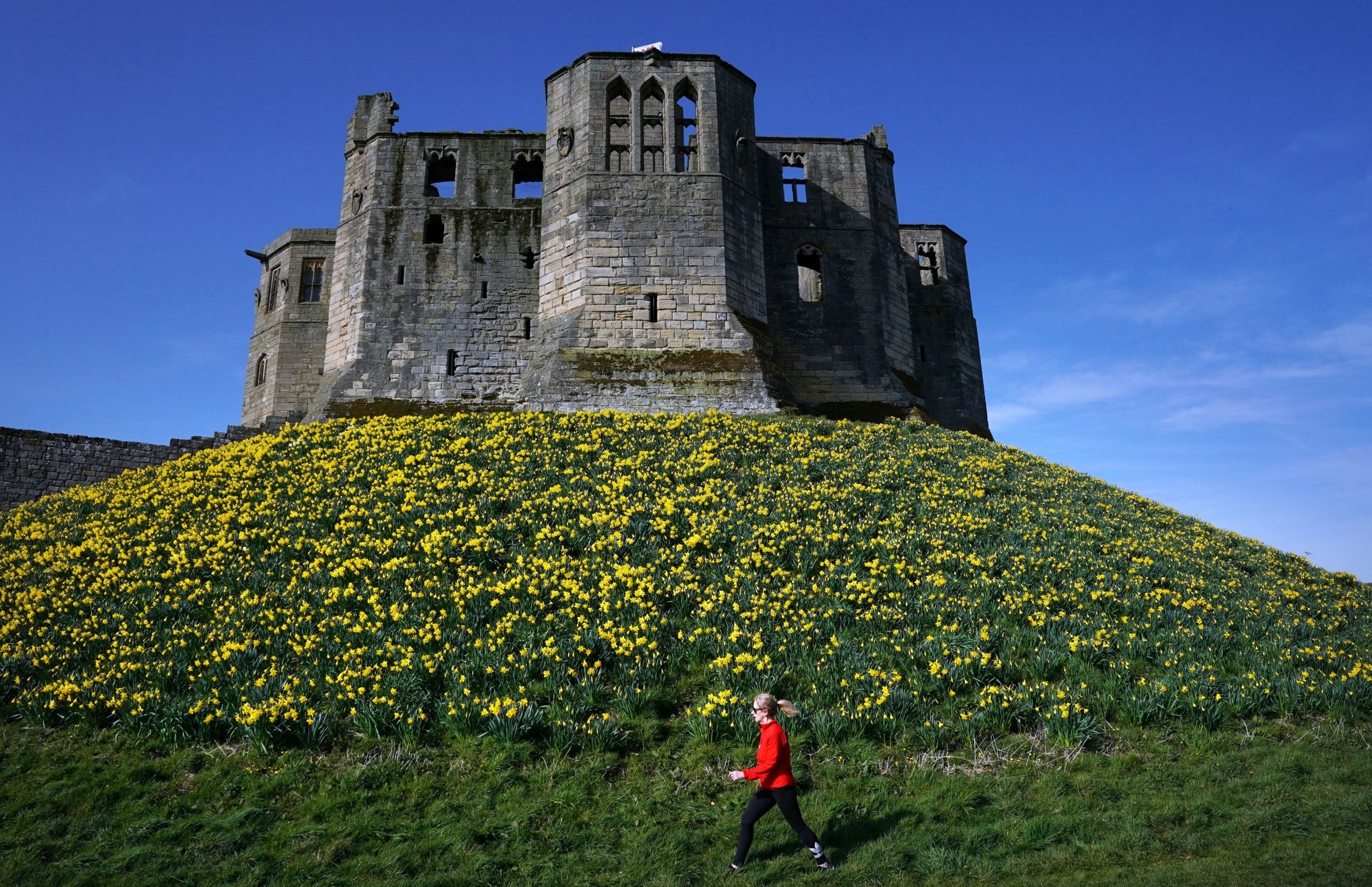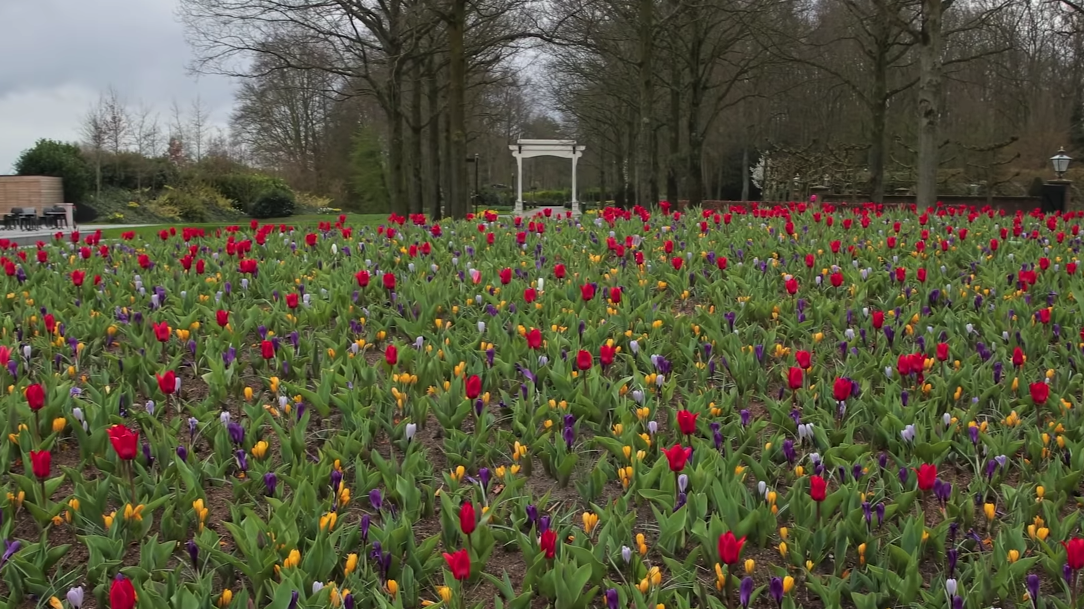Free flowering: Spring is just about the only thing not cancelled by coronavirus
Mother nature doesn’t care about a pandemic, but there are still ways to enjoy the changing season from our self-isolation, says Adrian Higgins

Your support helps us to tell the story
From reproductive rights to climate change to Big Tech, The Independent is on the ground when the story is developing. Whether it's investigating the financials of Elon Musk's pro-Trump PAC or producing our latest documentary, 'The A Word', which shines a light on the American women fighting for reproductive rights, we know how important it is to parse out the facts from the messaging.
At such a critical moment in US history, we need reporters on the ground. Your donation allows us to keep sending journalists to speak to both sides of the story.
The Independent is trusted by Americans across the entire political spectrum. And unlike many other quality news outlets, we choose not to lock Americans out of our reporting and analysis with paywalls. We believe quality journalism should be available to everyone, paid for by those who can afford it.
Your support makes all the difference.Through the ages and across cultures, spring has been a metaphor for life and its renewal. All the vital forces of the universe are captured in a single blushing cherry blossom. Whether we ever stop to ponder this or merely find casual delight in the trees now erupting into bloom, or the fields of daffodils dancing at their feet, we see the vernal world as being reborn and fresh. Except nature’s party this year seems just plain wrong. A saucer magnolia abloom is as off as someone whistling at a funeral.
Where is the gloom of November when you need it?
The equinox occurred last Friday, but spring has been around a while. March has brought a growing season that is unusually early and spectacular in its broad and unfrosted display, at least in the mid-Atlantic. Didn’t the flowers get the coronavirus memo?
In normal times, the eruption of life we call spring is not just a natural phenomenon but a call to people to leave their winter caves and come together to celebrate the floral renaissance. In Washington DC, that’s the communal worship of the cherry blossom followed in other communities in the US and, especially, in Europe with folk festivals and maypole dancing.
The shared celebration, integral to our collective joy of being alive, has been turned on its head by our abrupt sequestration. What will the Tidal Basin hold this year now that the National Cherry Blossom Festival has been cancelled? Will the hordes still flock to the Yoshino blossoms or will a diminished crowd find elbow room? Will there be just a few souls dealing with a dystopian emptiness amid the countless blossoms? Everything about this crisis is new to the generations born after Second World War.
Spring has arrived, the days are lengthening, the air warming and we have been ordered back into the caves. It’s dark and bloomless in there, with only our rolls of toilet paper to hug. Meanwhile, flora dances with the windblown petals, blithe to our worries and privations.
Does a falling tree make a sound in an empty forest, does spring burst forth without us? Oh yeah
Does a falling tree make a sound in an empty forest, does spring burst forth without us? Oh yeah. The green thumbs among us may have assembled a paradise of flowering plants, but even those curated blooms are more interested in bees, beetles and moths than us, because flowering is about sex and the transfer of pollen to pistil. The trees in early bloom need months to form their apples and acorns and hazelnuts. Even trees rendered sterile by our manipulation think they are fertile. Sorry, guys, the spring eruption is not for our benefit, biologically.
Don’t judge them harshly; plants have had to put up with their own pernicious pests and diseases for centuries, most of which have been spread by us. Think of the Dutch elm disease, caused by a fungus spread by beetles, or the xylella bacteria using carrier insects to afflict vineyards, citrus orchards and ancient olive groves. The spread of plant disease too often is a byproduct of our globalisation, and so is the coronavirus – there could be no more graphic example of the interconnectedness of human society than the wildfire spread of this disease from an interior region of China. In choosing homo sapiens, Covid-19 has found both vector and victim in one.

Botanical gardens, our temples to spring, are closing or partially closing around the world, further distancing folks from the most awaited season (for those of us in the Northern Hemisphere). The Royal Horticultural Society has announced that the highlight of Britain’s horticultural calendar, the Chelsea Flower Show in May, is cancelled.
The Dubai Miracle Garden, a giddying display of 150 million annual flowers in a Disneyland setting, is closed, according to its website.
What must be one of the strangest experiences at the moment is to wander through the Keukenhof, the Dutch botanical estate near Amsterdam where acres of sinuous garden beds are exploding with millions of planted tulips and other spring bulbs, planted by an army of gardeners last fall.
Here you will find rivers of tulips in lipstick red, bubblegum pink and golden yellow, along with some subtler hues and variegations. Beneath the canopy of burgeoning trees, the air is fresh and scented with countless hyacinths and other spring beauties.
For this spring’s display, the gardeners planted seven million bulbs. A floral mosaic alone consumed 50,000 tulips, grape hyacinths and crocuses.
The flower beds are set beside lakes, pavilions and woodland paths, and have been a quaintly over-the-top display of the floral and mercantile ingenuity of the Netherlands bulb industry for decades. The flowers have attracted millions of visitors over the years – at first the Dutch and their European neighbours but increasingly people from across Asia and the Middle East.

Last year some 1.5 million tourists came from more than 100 countries to revel in the eight-week display. This year the starring blossoms will open to an empty house.
The 2020 show – themed “A World of Colors” – was to have begun 20 March and run until 10 May. For now the park is closed by government regulation until at least 6 April, but it seems unlikely it will be opened after that, upstaged by a World of Covid-19.
You could say, as the Japanese do, that the brevity of the cherry blossoms is a symbol of our own brief time. You could say too that to plant a tree or a garden is to defy that. Those are acts of inherent faith in the future, whether we are around to see them or not.
We need plants, even if they don’t need us, so admire the spring bursting at the mouth of the cave. And yet in our confinement, in our inability to revel unfettered this spring, there is a real sorrow. One thinks of poet Philip Larkin’s ode to the awakening trees: “Their greenness is a kind of grief.”
© The Washington Post
Join our commenting forum
Join thought-provoking conversations, follow other Independent readers and see their replies
Comments